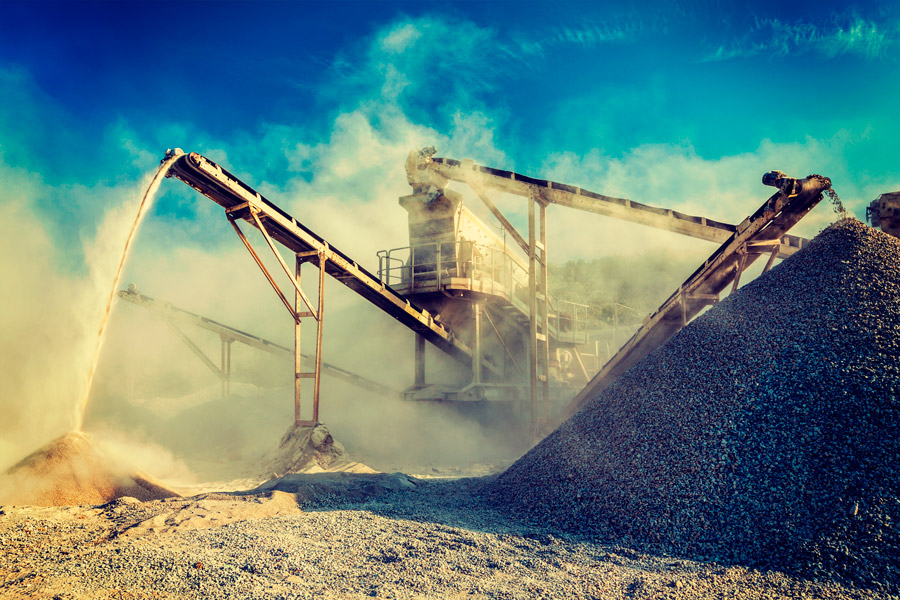
Different applications of magnets in the mining sector
The relationship between magnets and mining is much greater than it might appear at first glance. In the first place, because many of the magnetic components or the non-magnetic but magnetized components used in the manufacture of both domestic and industrial magnets are extracted by the mining industry and then processed and treated until the magnet is configured as it is in its final version.
Extraction of minerals thanks to magnets
However, this is not the only relationship between these magnets and the mining industry. Thus, it must be borne in mind that when a mineral is extracted, such as coal, for example, a wide range of machines and mechanical devices are used in this extraction, often operating with electrical energy and electronic components that have magnets in their mechanism.

In addition, machines used in the mining industry have to be regularly protected from interference from magnetic materials present in the layers of minerals being mined. Thus, if at the time of extracting coal in a mine the machines are not properly protected with the placement of defense magnets, it is possible that the magnetic minerals present in the coal could end up generating some type of damage to the machine as well as, of course, contaminate with its presence the material that is being extracted.
This type of magnetic materials are known in the mining industry as “contaminating ferrous materials” and have the particularity of having the capacity to damage the machinery and reduce its useful life considerably. However, it is possible to install magnetic strips in the machinery to protect the machinery that is dedicated to the extractive activity.
Magnets for mineral cleaning
In addition, once the aggregates are extracted, another of the applications of magnets in the mining industry would enter during the raw material treatment period. Thus, for example, in the case of coal, this coal extracted in the mining activity must be washed and processed in order to be useful and efficient as a combustible material. Although it is true that other purification techniques such as coal washing come into play, it is no less true that the action of magnets along conveyor belts makes it possible to rid coal or any other raw material extracted from the mine of its magnetic charge and of materials of magnetic origin that may be contaminating it.
These magnetic materials present in aggregates that are transported by conveyor belts in the mining industry can be extracted and separated by magnets such as IMA OV-E, which removes the magnetic parts from the device and keeps it clean or, for example, by magnetic plates with fins, which are responsible for carrying out the same type of activity and which are not only present in the mining industry but also in the food industry where they are used in a similar way.
Thus, as we have seen, the magnets and magnetic materials with which they are made are not only extracted from the earth through the mining industry; they also play a very important role in the extraction of any other mineral, both protecting the machines that extract it and acting constantly throughout the process to keep the extracted raw material free from the presence of any magnetic material that might contaminate it.